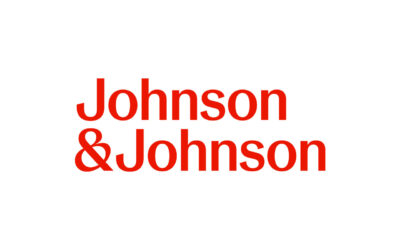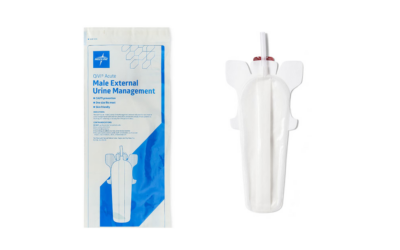Although there is no single “right” way health care delivery organizations go about acquiring new and replacement technology, there are “leading practices” that can contain costs, promote efficiencies and advance patient safety. That’s according to a group of multidisciplinary stakeholders who met at AAMI’s headquarters in Arlington, Virginia, to provide insight into a planned guide on the subject.
Consultant Carol Davis-Smith, who has more than 20 years of experience in medical device acquisitions, will author a guide that provides a complete and comprehensive overview of the process – from cradle to grave.
“This is not a guide just for healthcare technology management [HTM] departments; it is a guide for everyone involved in the selection and management of healthcare technology – nurses, IT, the supply chain,” Davis-Smith said. “I would love for people in any of these positions to pick up this guide and think: ‘This is my guide.’ ”
Besides providing guidance for those involved in the acquisition of healthcare technology, the resource also will serve as the “backbone” of a new AAMI standard, according to Patrick Bernat, director of HTM standards at AAMI.
“To develop a standard, we have to gain consensus among stakeholders, which includes carefully and formally addressing objections, balloting, etc.,” Bernat explained. “But in the interest of getting useful guidance into the hands of the field more quickly while work on the more formal standard moves forward, we felt that a guide was the way to go.”
This approach will also allow AAMI to gather feedback from stakeholders before the process is standardized, Bernat added.
Although the content of the guide has not been finalized, it is expected to cover initiation of the acquisition, capital planning, pre-procurement activities, detailed justification, requests for proposals and soliciting bids, delivery, installation and construction, clinical education, the go-live process, and continuing equipment support.
“The goal is to create a document that is relevant and flexible enough to take us into the next decade – and beyond,” Davis-Smith said.
Stakeholders attending the workshop were vocal about the need for this resource to not only focus on controlling costs but also improving patient outcomes.
The first edition of AAMI’s acquisition guide is expected to be published by the end of the year, with work on the related standard to follow.









